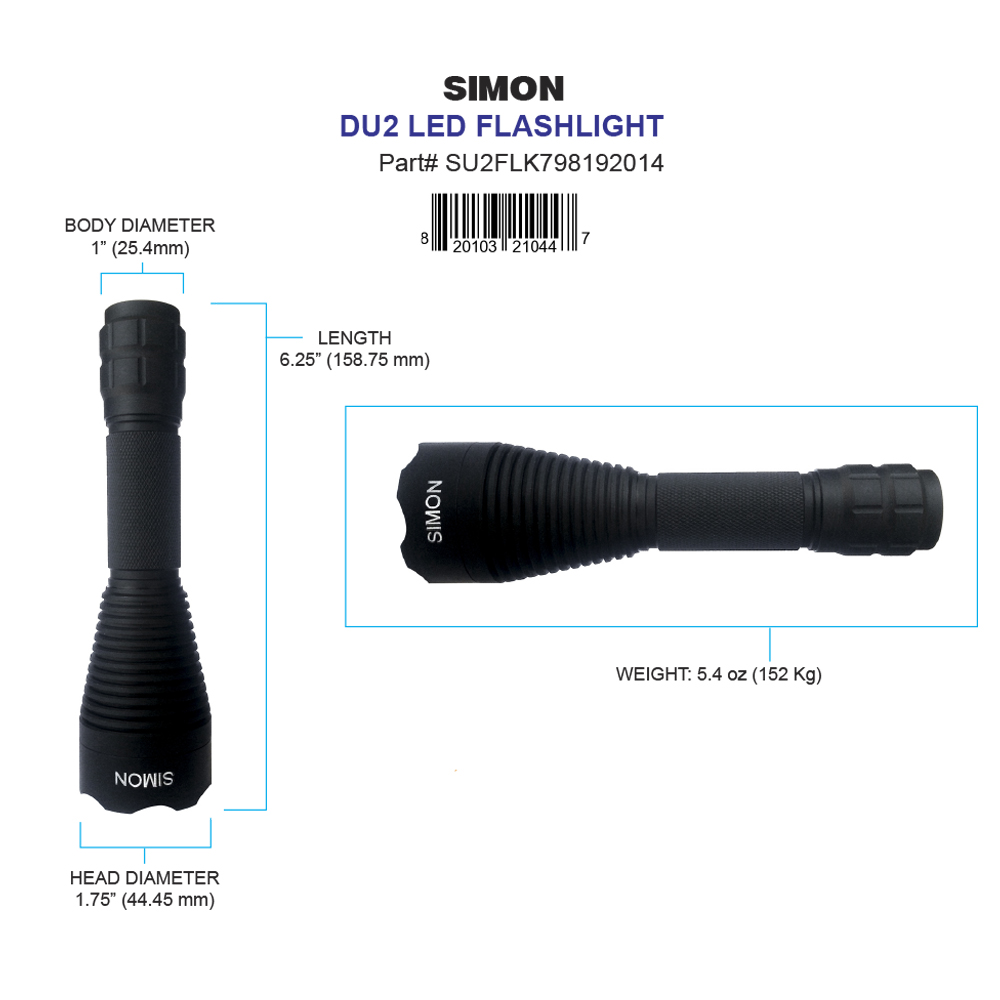Delights of the Modern Flashlight
The common flashlight entered being greater than 100 years earlier, but its technology rarely changed for a lot of then. The modern flashlight, now barely fifteen years of ages, is built on that conventional technology as well as brings it so much farther. We see in this article why recent innovations bring a lot joy.
The first flashlight was enabled when someone invented the dry cell battery and another person figured out ways to miniaturize the electric light bulb. Wiring them with each other to produce a circuit and also confining them in a hand-held case completed the deal. Nice additions were an on/off switch, a reflector to help focus the light beam, and a transparent pay for security.
The D-cell battery was the standard source of power for flashlights for several years, set up in dimensions varying from two to four of them. Incandescent light bulb brilliance was determined in candlepower but equal to from 8 to 22 lumens per watt. Common operating problems averaged one watt of power (e.g., ONE HUNDRED mA as well as 10 volts).
Other flashlight configurations additionally existed for various reasons. For instance, police officers requiring added illumination wielded super long cylinders housing who knows how numerous cells. Those wanting to of lighter weights and/or something more mobile went for penlights or something using C-cell batteries.
Nevertheless, flashlights were susceptible to experiencing issues irrespective of configuration. The main annoyance was that if they were gone down or received some kind of shock, they merely quit working. Frail incandescent bulbs broke easily, and they didn't have that long a lifespan to begin with.
Flashlight failing from corrosion was one more annoyance. This can happen when batteries get damp, harmed, or aged. And when flashlights are left on constantly they radiate a visible amount of warmth, yet another drawback.
Even so, the traditional flashlight was suitable for a lot of applications, and people for the most part put up with these annoyances, which were thought about small. It was typically accepted that illumination was hardly appropriate (unless the power supply was beefed up significantly over average) and that the beam had a warm, yellowish white color.
The status began to alter when light emitting diode (LED) innovation ended up being sensible for basic lights applications and also not merely indicator lights. This occurred in the early 2000's.
A large advantage LEDs have over incandescent bulbs is that they are robustly shock-resistant. You could pretty much drop an LED flashlight and it will go on functioning. The lifetime of these diodes is much greater as well, typically lasting between 25,000 and 50,000 hours of use.
Moreover, the LED puts out hundreds of lumens each watt, significantly outperforming the strongest incandescent bulb. This suggests you can achieve even more than appropriate brightness with smaller batteries, reducing the flashlight's weight and size.
LEDs discharge monochromatic light bulb, however basically all colors of the spectrum are possible and also numerous techniques already existing for synthesizing white light (thought about much less warm and bluer compared to incandescent color). The beam of light is naturally very narrow, but spherical shaping of the substrate and also other methods broaden the rays sufficient to make the beam fairly scattered.
LED flashlights radiate much less heat than ones using traditional light bulbs. In fact, radiant warmth is not a problem until super strong batteries are used that can power 700 to 1000 lumens. These lumen levels are for high-performance tactical flashlights and streaming lights.
With all this innovation it is no longer true that one flashlight fits all. Design options are plentiful and people are seeking something tailored to their particular applications. Now when you shop for a light you have to have a set of criteria in mind.
It used to be that you went with the brightest flashlight considering that it was never ever as intense as you actually wanted. However that was when the average output was 20 lumens. Now, most people are much more than satisfied with 250 lumens.
If you are in law enforcement or the armed forces, you probably want a minimum of 500 lumens to paralyze the adversary (or suspicious) by impairing vision. But also for many applications, moderate total luminance is sufficient.
Perhaps more important is beam focus and whether it is narrow or diffuse. Some flashlights have dials for choosing from an array of settings. A wide setup lights up a large location and requires fairly more lumens since the rays are spread out.
A narrow focus allows a more intense beam in the center and sacrifices vision out in the periphery. The complete lumens needed depend on how far the slim beam of light has to project. This type of flashlight is called a streaming light because the rays stream out a great distance away from the user. 18650 rechargeable battery
Other criteria to keep in mind are size, weight, and portability. It can make a difference if you can easily operate your flashlight with one hand and/or tuck it away in a pocket or purse, especially if you don't have to quit brightness for those features (and also you don't).
Think about your primary reason or reasons for getting a flashlight. Is it to make yourself noticeable in an emergency such as when the power goes out or you're lost outdoors at night? Is it for decent visibility (both to see and to be seen) in the evening while walking the dog or similar activity?
Is your purpose to provide hands-free lighting for different strange jobs or other close work? Do you have specialized tasks to do such as techniques or inspecting (including detecting urine or currency authenticity using ultraviolet light)?
When you have your priorities straight, choosing the most effective flashlight for it becomes straightforward. Chances are you can find exactly what you need without having to purchase additional, unnecessary functions. Then you, also, will experience the pleasures of the modern flashlight.
